PAUL GAUGUIN (1848-1903)

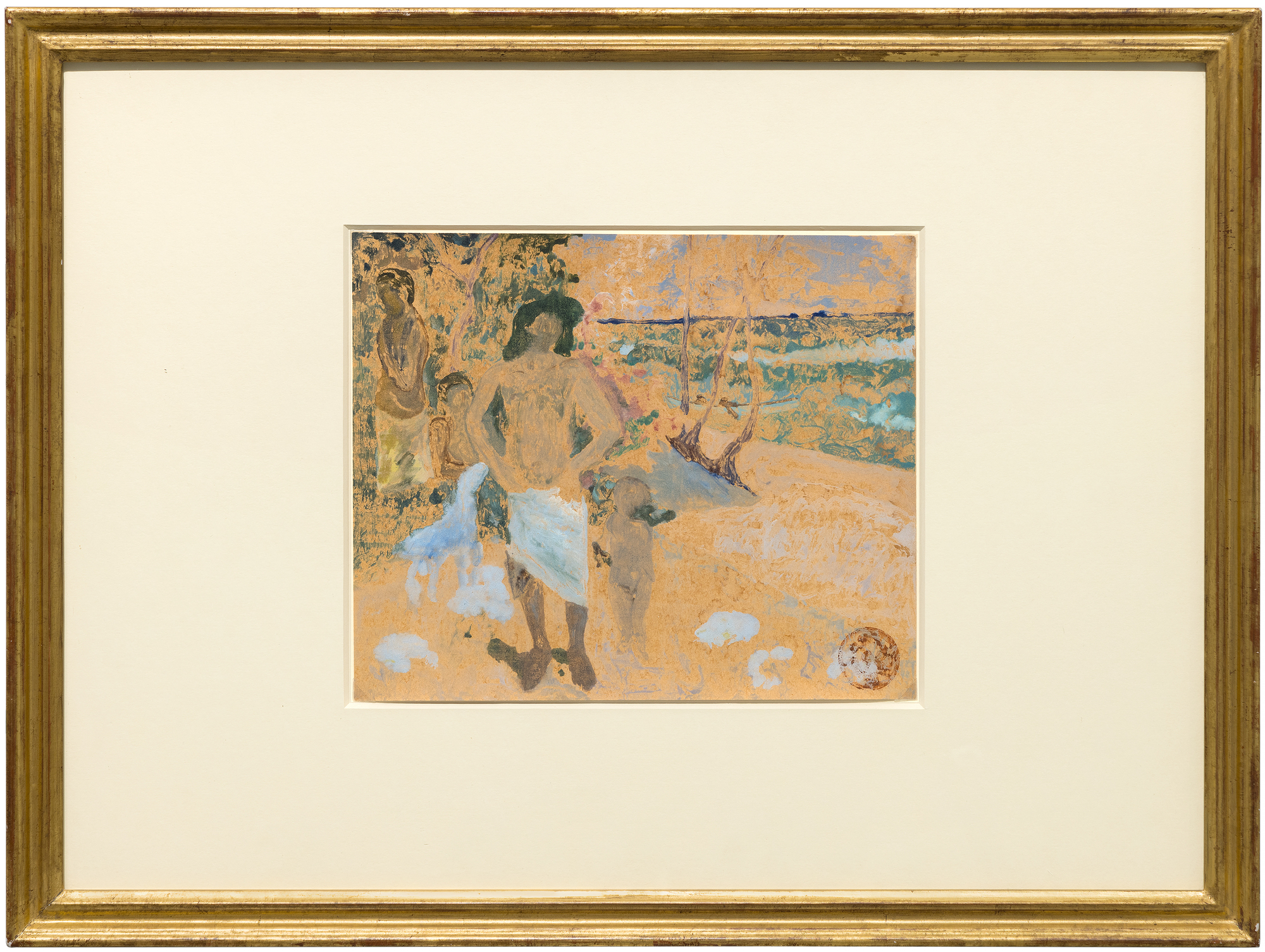
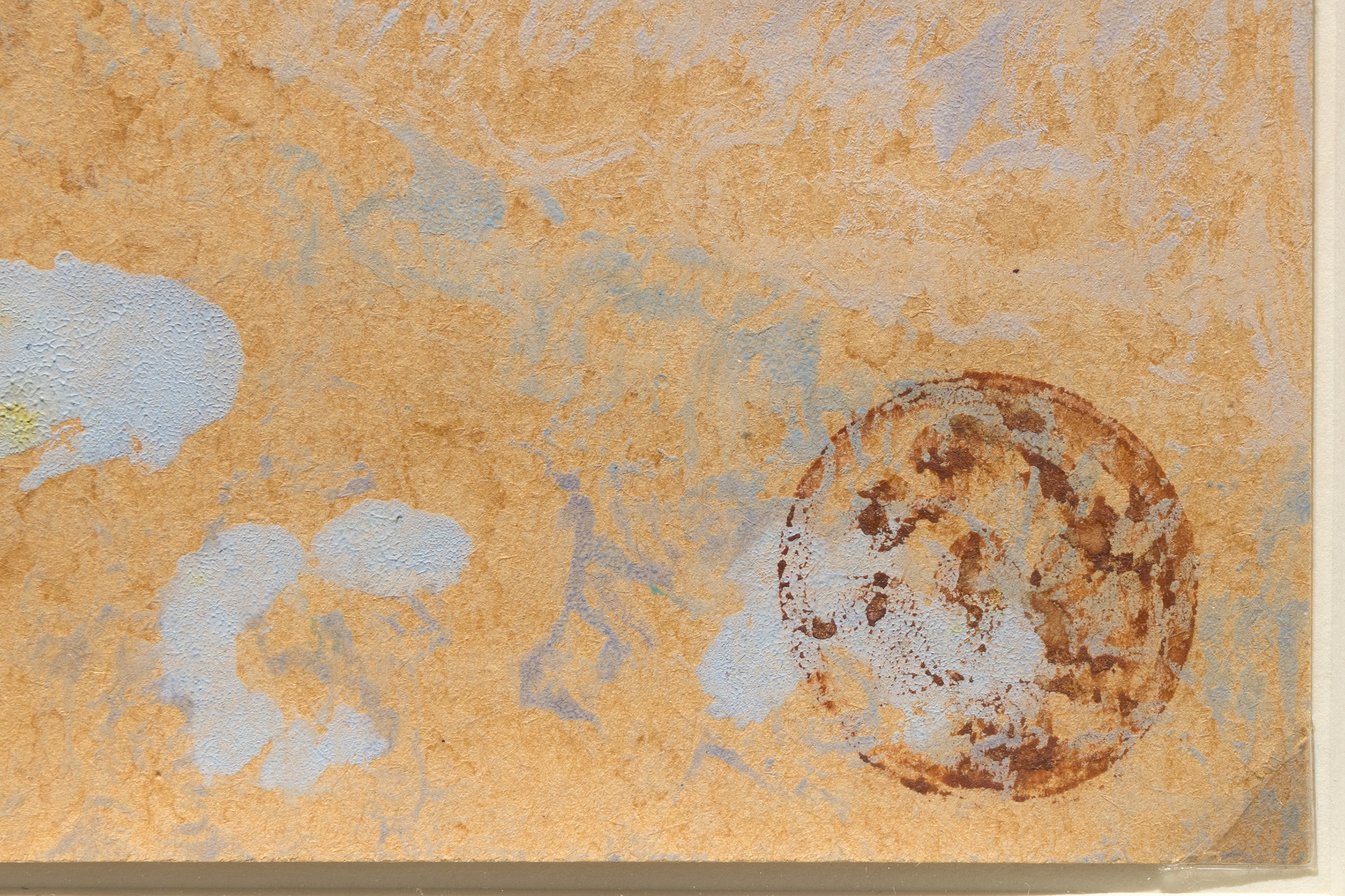

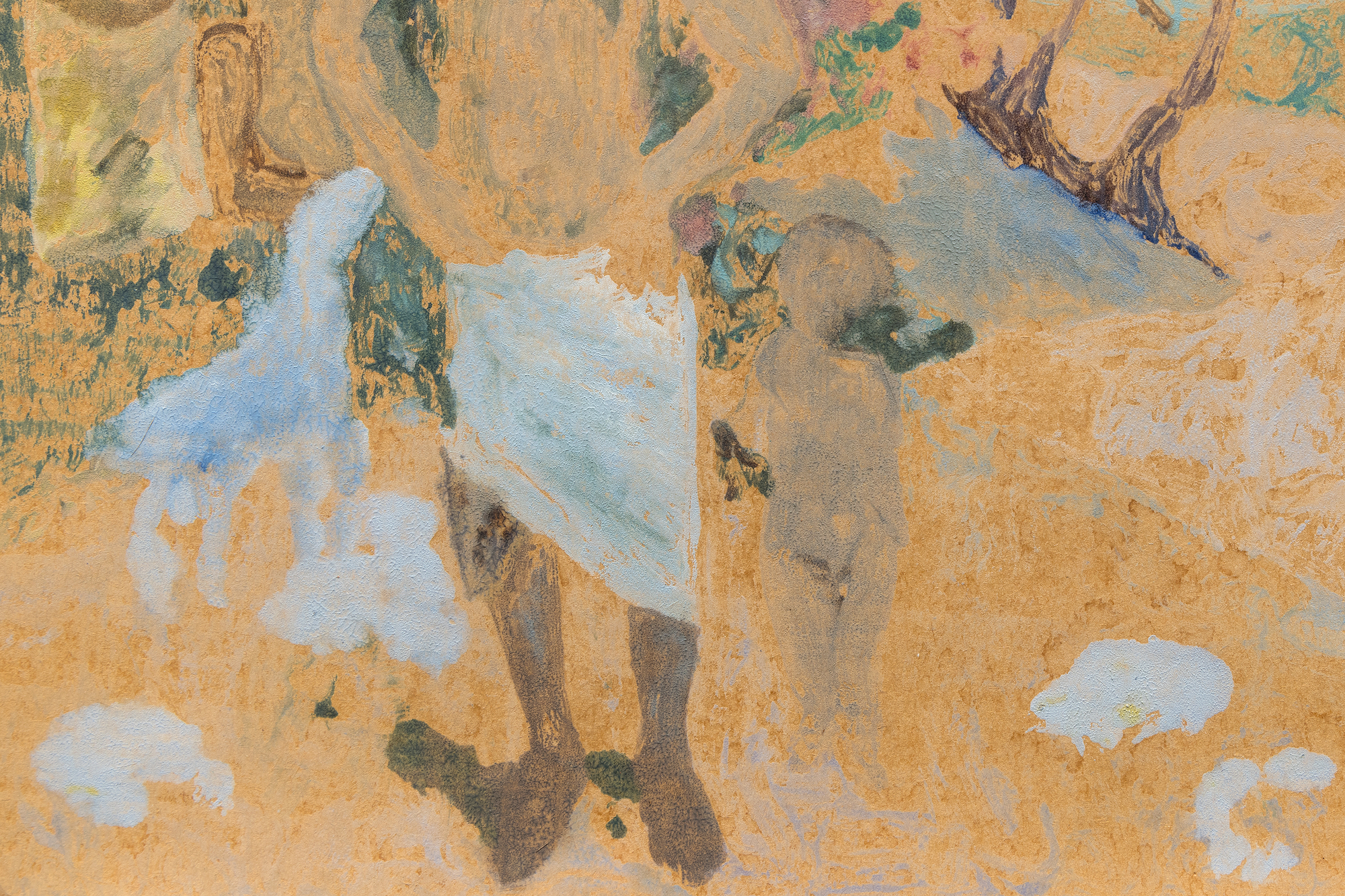
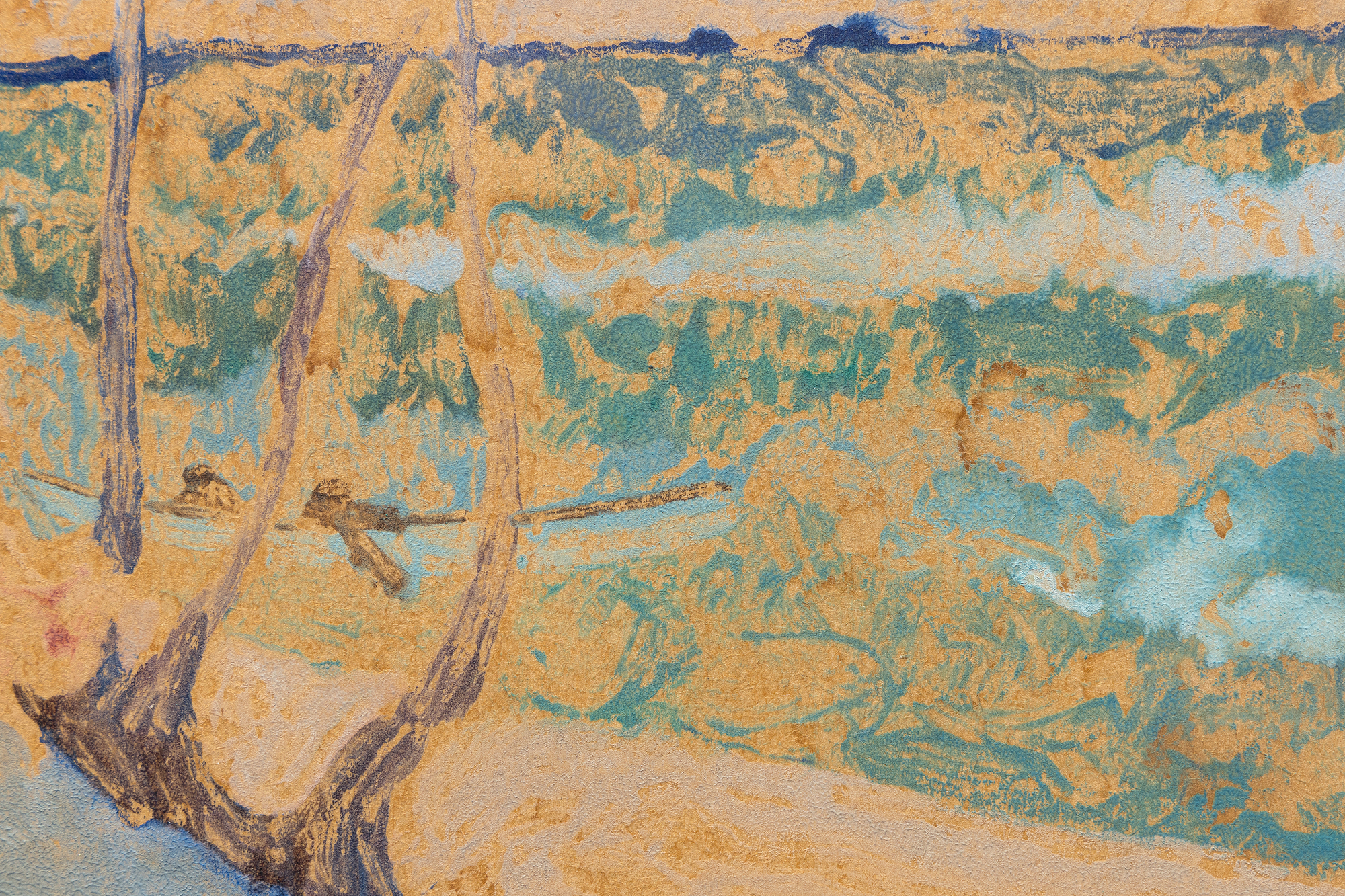
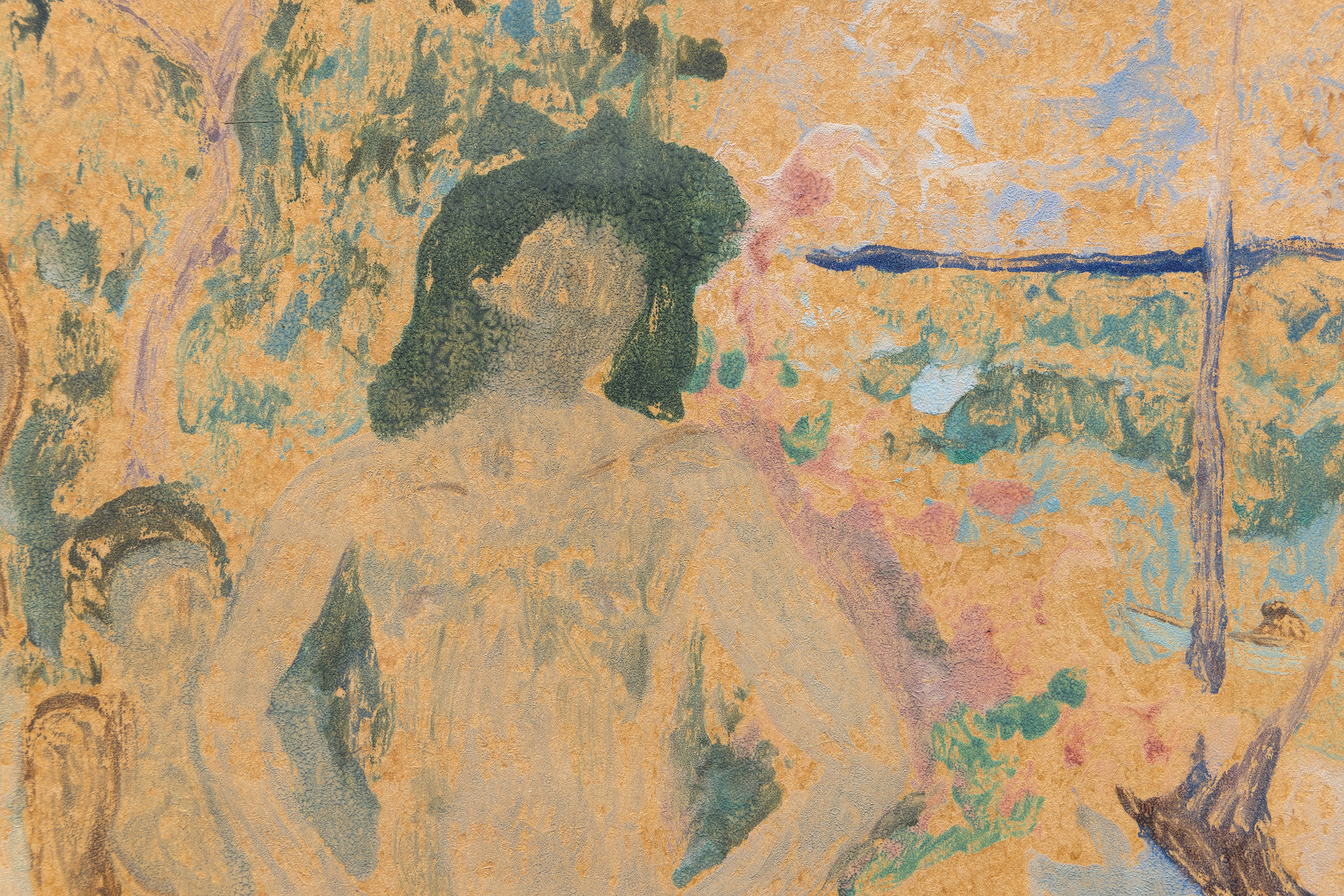
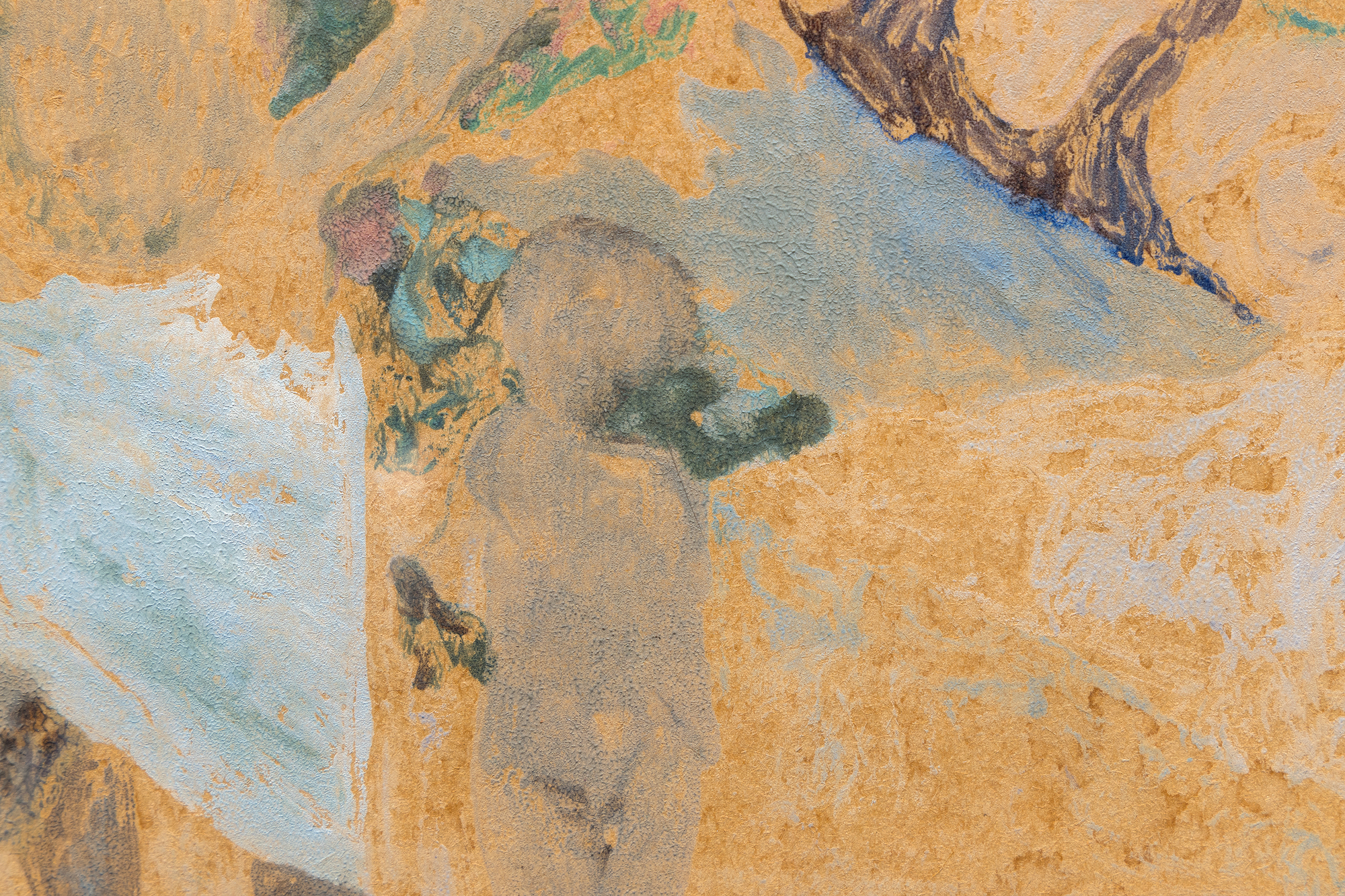
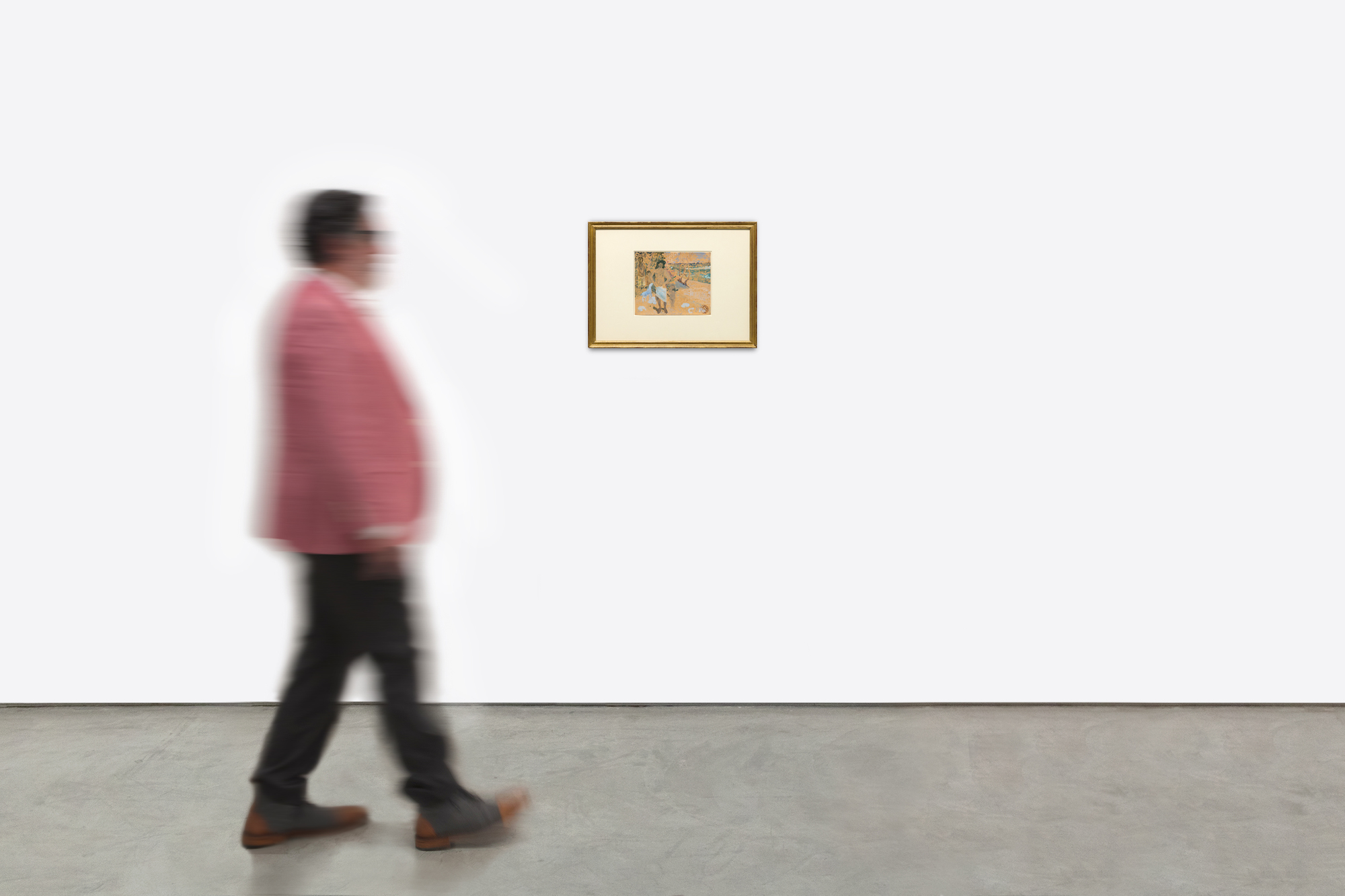

Provenienz
Privatsammlung, LondonChristie's London, 16. September 2015, Los 18
Privatsammlung, erworben von oben
Literaturhinweise
Richard S. Field, Paul Gauguin: Monotypes, Philadelphia Museum of Art, Philadelphia, 1973 (nicht verzeichnet; siehe Nr. 99 für ein verwandtes Werk)Richard Brettell, The Art of Paul Gauguin, National Gallery of Art, Washington/ Art Institute of Chicago, 1988, S. 480-487 (nicht aufgenommen; siehe Nr. 272 & 273 für verwandte Werke)
Ruth Pielkovo (Übers.), Die Briefe von Paul Gauguin an Georges Daniel de Monfreid, New York, 1922, S. ...Mehr.....161
...WENIGER.....
150,000
"Badende" gehört zu Gauguins 1899-1903 entstandener Serie von "abgepausten Monotypien", einer Technik, bei der der Künstler auf die Rückseite eines Papiers zeichnete oder drückte, das er über eine getuschte oder gemalte Oberfläche legte, wodurch ein einziger umgekehrter Abdruck entstand. Dieses Verfahren führte zu subtilen Texturen und einem Gefühl der Unmittelbarkeit und ermöglichte es Gauguin, das Zusammenspiel von Positiv- und Negativformen zu erkunden. Ende 1902 hatte der Künstler begonnen, die Zeichnungen auf den Rückseiten dieser Monotypien auf die Richtung seiner Gemälde abzustimmen, was zu einer bewussten Umkehrung der Themen führte. Die umgekehrte Ausrichtung dieser Monotypie zum Beispiel steht in Verbindung mit dem Gemälde "Famille tahitienne" (W.618, Sammlung Stephen A. Cohen, auch bekannt als "A Walk by the Sea") und ist ein Beispiel für diese Praxis, die interessante Fragen zur Entstehungssequenz aufwirft.
Die umgekehrte Ausrichtung bietet ein überzeugendes Argument dafür, die Monotypie eher als ein gleichzeitiges Experiment denn als eine vorbereitende Studie zu verstehen. Die Monotypie diente nicht als vorläufiger Entwurf, sondern als dynamisches Experimentierwerkzeug, das es Gauguin ermöglichte, kompositorische Ideen, Farbharmonien und räumliche Beziehungen in Echtzeit zu analysieren und erneut zu testen. Die Übertragung des Bildes brachte ein Element der Unvorhersehbarkeit mit sich - Texturen wurden weicher, Farben wurden fließender und lineare Formen nahmen malerische Qualitäten an. Diese Spontaneität ermöglichte es Gauguin, aus den Zwängen der Ölmalerei herauszutreten, und bot ihm neue Einsichten in die Art und Weise, wie sich Elemente der Komposition entwickeln konnten. Durch diesen iterativen Prozess hätte die Monotypie die Anpassungen an "Famille tahitienne" beeinflusst und die Lebendigkeit, Tiefe und kompositorische Ausgewogenheit des Gemäldes bereichert. Das Zusammenspiel der beiden Medien unterstreicht Gauguins innovativen Ansatz, der die Monotypie nicht als sekundäre Übung, sondern als integralen Bestandteil seiner künstlerischen Vision behandelte.
Während die Monotypie nicht die ausgefeilte Raffinesse des Gemäldes aufweist, offenbaren ihre rohe Unmittelbarkeit und formale Sensibilität Gauguins Faszination für Experimente und Spontaneität. Die "Badenden" waren bei weitem keine vorbereitende Studie, sondern ermöglichten es Gauguin wahrscheinlich, die "Famille tahitienne" während der Arbeit zu dekonstruieren und neu zu erfinden. Dieses kreative Zusammenspiel unterstreicht Gauguins umfassendere künstlerische Suche in seinen späteren Jahren: das Wesen des Lebens und der Natur in Formen zu destillieren, die Unmittelbarkeit mit zeitloser Resonanz verbinden.


